Is Slack The Next Frontier In Business Development?
Last Updated: October 29, 2022

Lately I’ve been spending a lot of time in Slack channels. As a solo founder I’m primarily dependent on reaching out to other people on social media networks such as Reddit, LinkedIn, and Slack to exchange ideas and keep up with current happenings in the marketplace. Through that process I’ve become quite involved in several Slack communities and noticed that a pretty scary amount of business is being done on private Slack groups similar to how employees might exchange ideas and referrals in an office setting or at a trade show. At this point, Slack has probably become my number two lead generation channel behind Google Ads. The thing is, I haven’t even been focusing on generating leads via Slack, I just monitor the channels, engage in the conversation, and naturally see people that I can help that have questions related to services provided, and jump in there. I think a lot of people in technology are drawn to Slack because of its inability to be exposed to advertising. Techy crowds in general are allergic to ads and frequently use technology such as ad blockers to avoid the constant bombardment by marketing professionals in today’s world. It’s one of the few places that you can have real business conversations in a digital sense without the blatant self-promotion, political opinions, and other negative drawbacks of using more prevalent networking channels such as LinkedIn, Facebook, or Reddit. This has got me wondering is Slack the next Frontier for business development? How can companies capitalize on this largely untapped channel to generate new business? Is there even an opportunity, or will it stay an unconquered land ruled by those that hustle?
Results: Most frequently purchased/installed software in the first 1-2 months of a startup https://t.co/h8vVUeqUmg pic.twitter.com/ZFbQsXq1vn
— Lenny Rachitsky (@lennysan) December 4, 2020
Slack Challenges
Slack marketing efforts present a huge opportunity because of the receptiveness of the audience and organic ways of engagement. With this opportunity comes several challenges though.
- No Means Of Advertising – there is currently no way to run an advert within a Slack channel or engage in paid direct messaging. This means that you’ll need a person to hangout in the Slack channel, survey the conversation and look for opportunities to engage with consumers in the target market for your industry.
- Discoverability and permeation – each industry will be different in the volume of Slack channels that are present and that have an engaged audience of participants. Slack channels can often be difficult to track down as well, not every Slack channel is going to have a discoverable landing page via a Google search and oftentimes they will be private invite-only communities.
- Hard to measure success – it’s difficult to tie an employees engagement within a Slack channel to measurable outcomes. Are you making any headway or are they mostly just sharing memes and talking about the latest tv episodes? Are they putting your pipeline up shitt’s creek?
- Hard to protect the brand – it’s also difficult to assess brand damage via pressy sales conversations or an employee spamming the channel until no one takes them, or your company, seriously anymore.
Community Engagement
For companies that put a strong focus on outbound marketing via business development reps Slack is too big of an opportunity to ignore – especially in the pandemic. Dedicating a resource to focus exclusively on Slack probably doesn’t make sense for most companies but wrapping Slack engagement into an overall community engagement role may make more sense. This type of resource could spend time networking on multiple platforms not just Slack. It may also just make sense to tie Slack engagement to quarterly goals for your business development reps if your company is not of the size where a community engagement resource is feasible.
Synergy With Inbound Marketing
Companies that will benefit the most from a Slack marketing effort will be those with an existing strong inbound presence. Business Development reps can post links to your company’s website landing pages and present compelling offers to their respective communities. You can capture those visitors into a retargeting audience and help start to nurture them down the funnel with advertising on Google ads and social media to help compliment the efforts of your BDRs. If you can use these retargeting ads to convince your Slack driven visitors to opt-in to your email list you can continue to nurture them down the funnel with marketing automation sequences. this will relieve a lot of pressure off your BDRs to close sales within Slack only. Having this sort of back up infrastructure in place will allow your reps to engage organically and politely with the Slack communities and not have to make pushy and annoying pitches via direct messages that will do more harm than good to your sales efforts.
UTM Codes For Slack
Be sure to train your reps on how to generate UTM codes for URLs so that you can measure the success of Slack driven campaigns from your reps. These will help tie retargeting efforts and other advertising and marketing automation sequences to a first touch Slack interaction from your reps. If you don’t know what a UTM code is it’s a set of parameters you can append to the end of a URL that will allow you to get slick reports at a campaign level within Analytics software such as Google Analytics. See the image below for an example of how your analytics campaign reports can look when combined with UTM codes on your promotional URLs. I frequently see people post URLs within Slack that attribute clicks to social media or other channels, instead of taking the time to update the campaign source to Slack. This causes marketers to improperly invest in the wrong channels because their campaign attribution data has gone bad.

Final Thoughts
Slack presents a strong opportunity to reach a manually qualified audience at the point where they are experiencing a need, but may not have reached a point of strong enough motivation to start searching for a solution on the open market. For ambitious startups and certain companies allocating a resource to help target people via this channel is still developing. Are you incorporating slack into your business development efforts? Have you been able to synergize it with your inbound marketing efforts? Let us know your thoughts in the comments below.


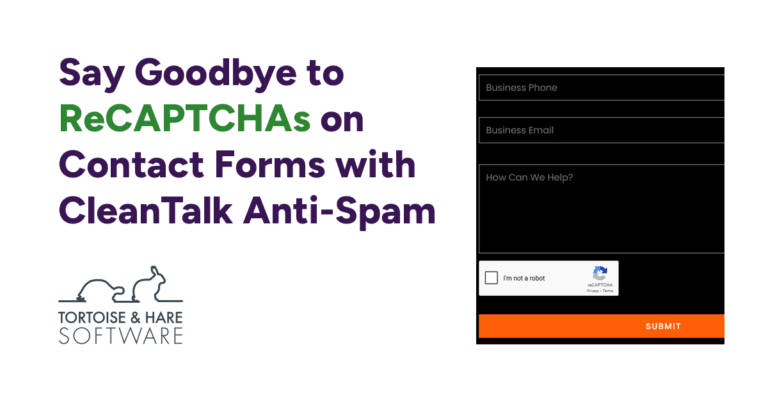

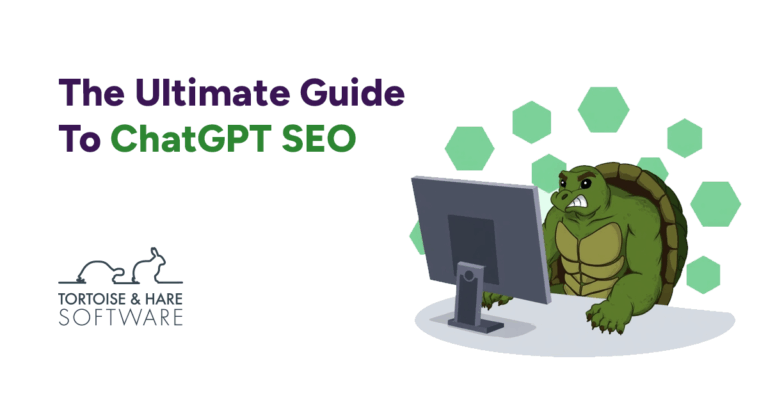
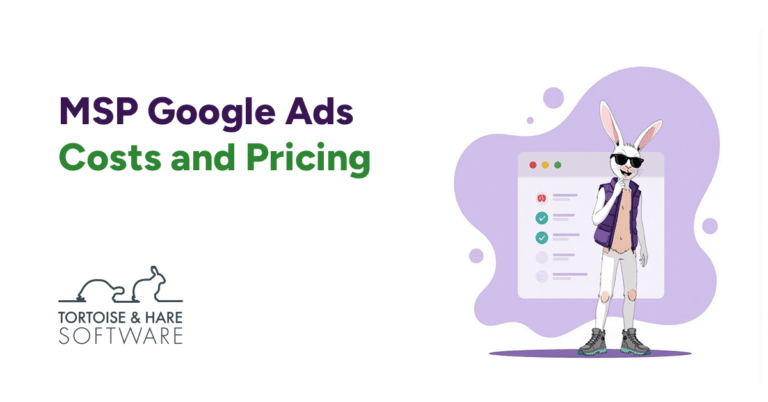


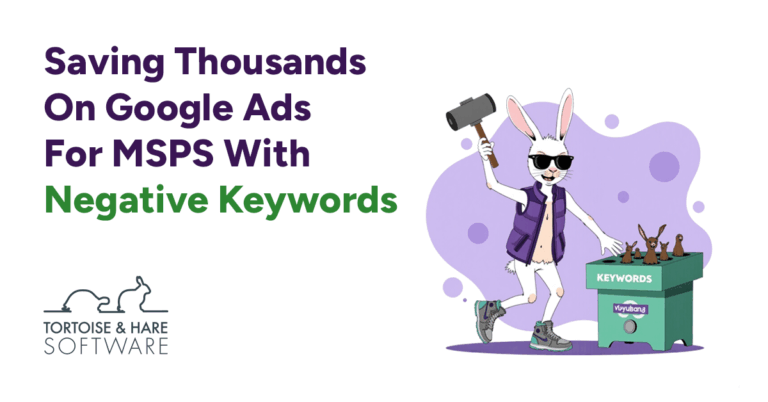

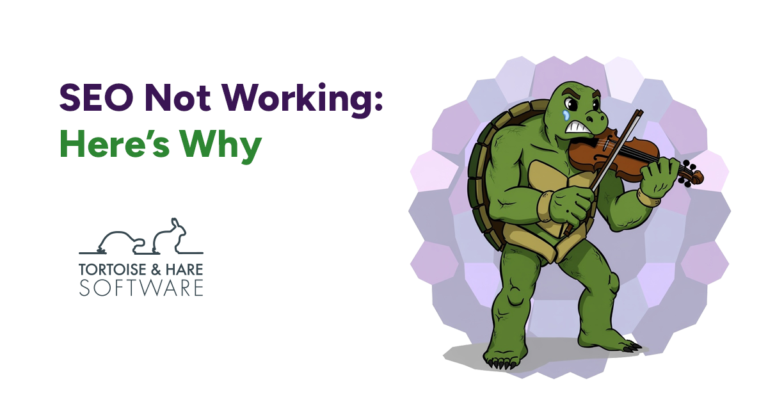
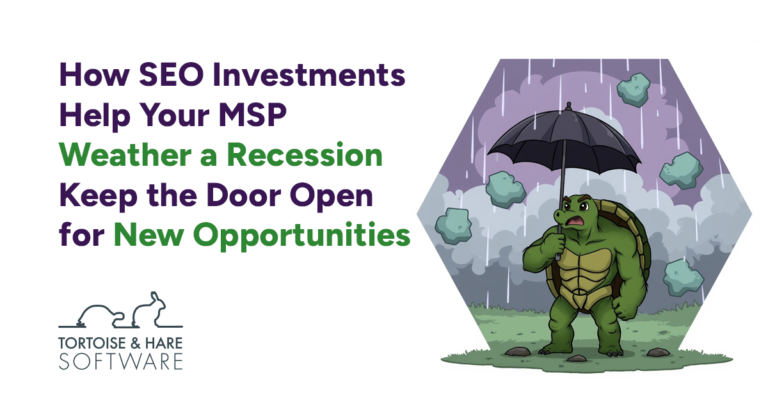
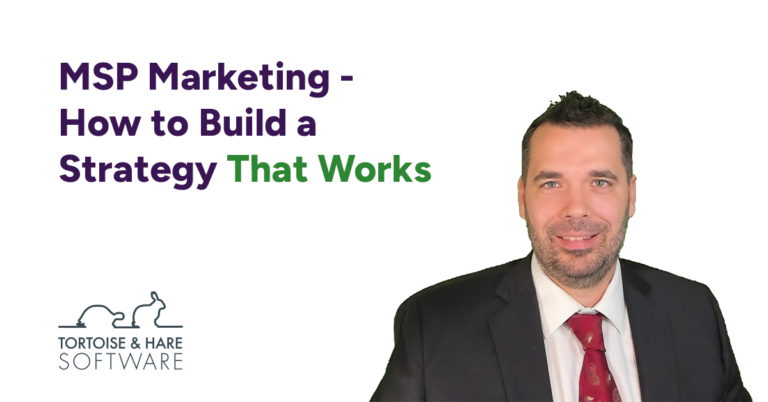
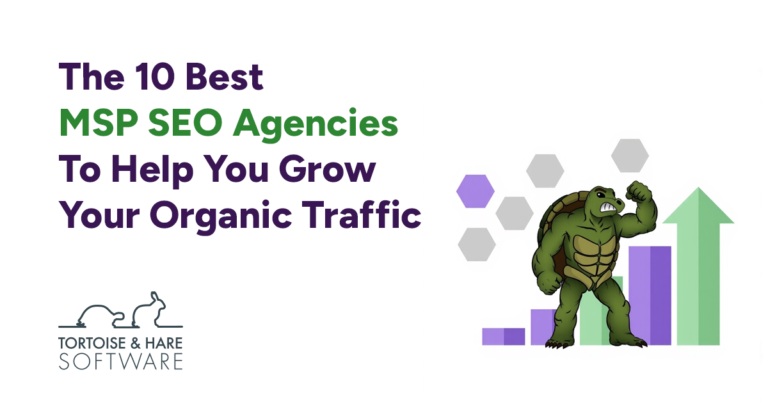
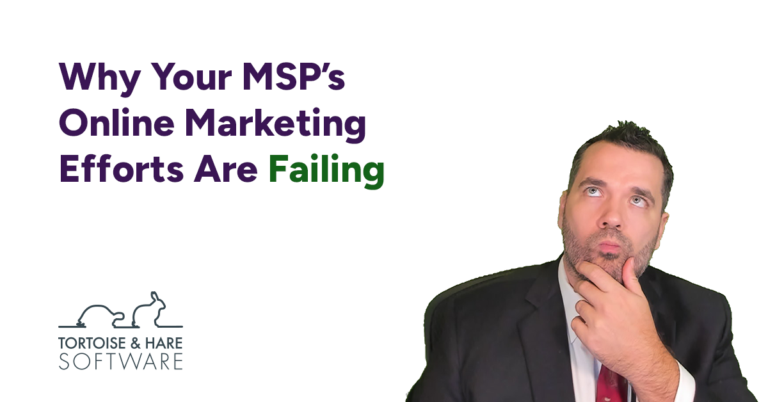
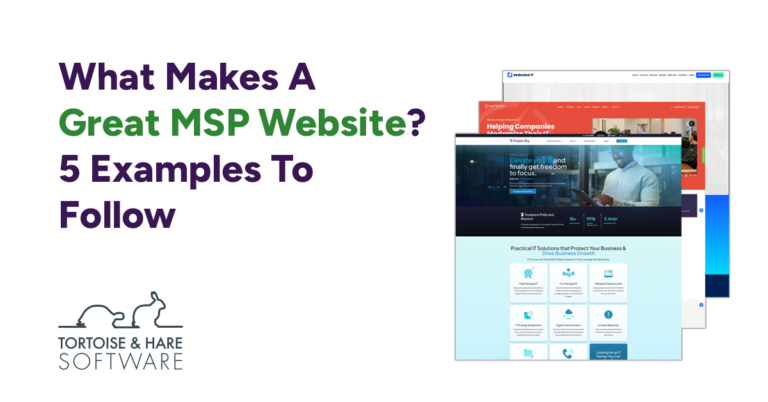
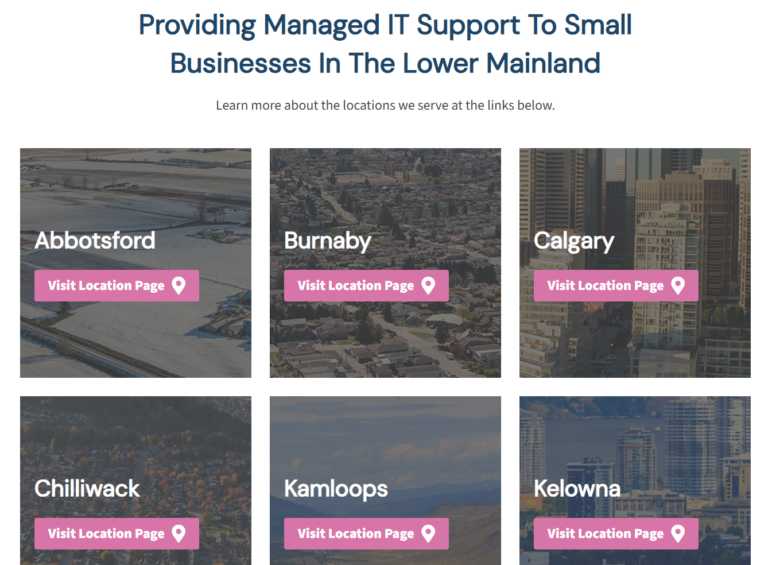







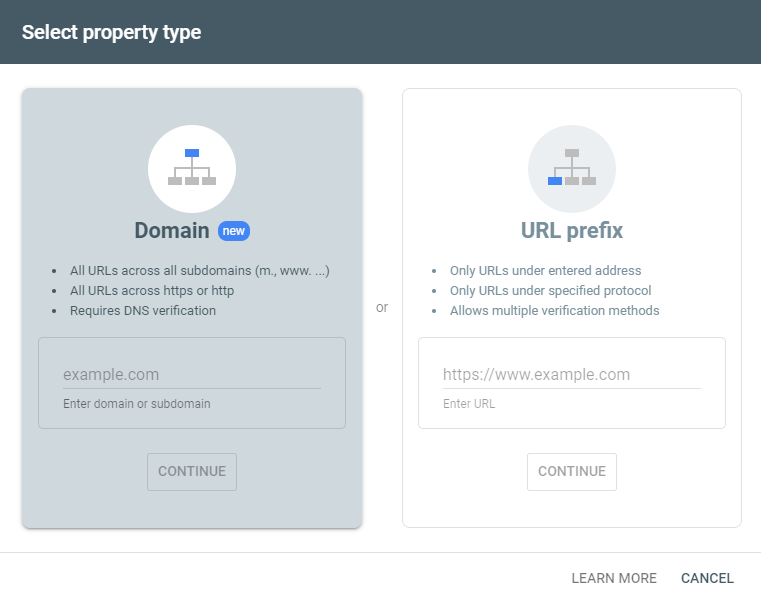
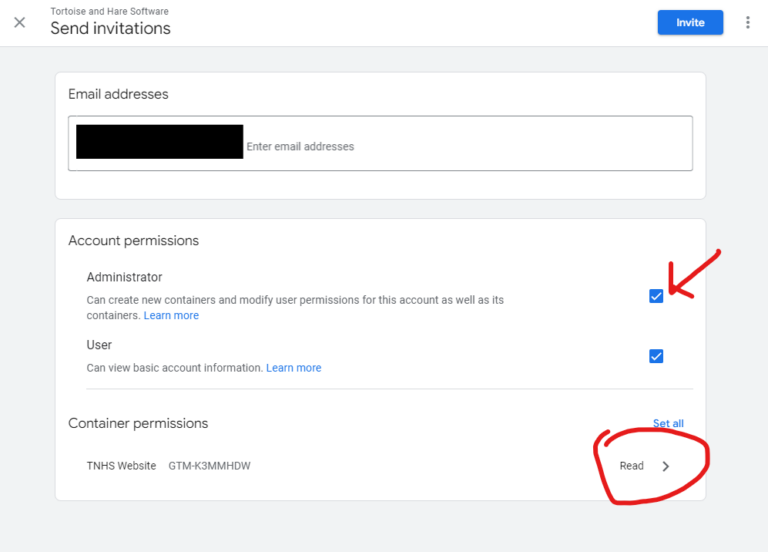





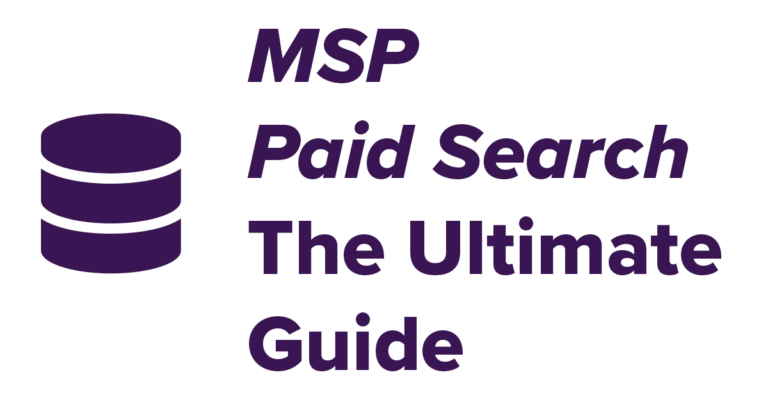
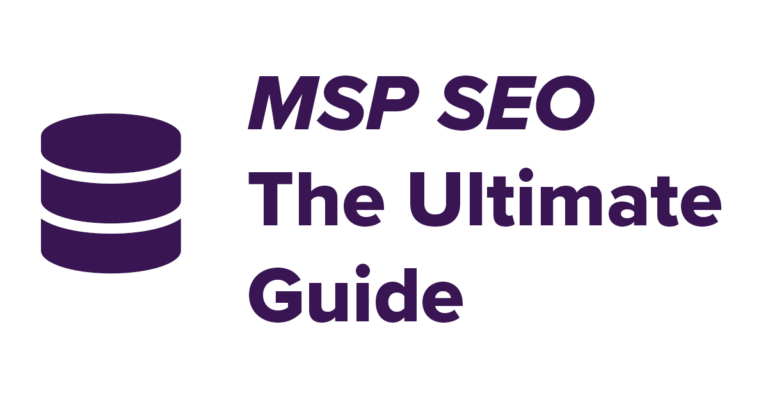


Leave a Comment